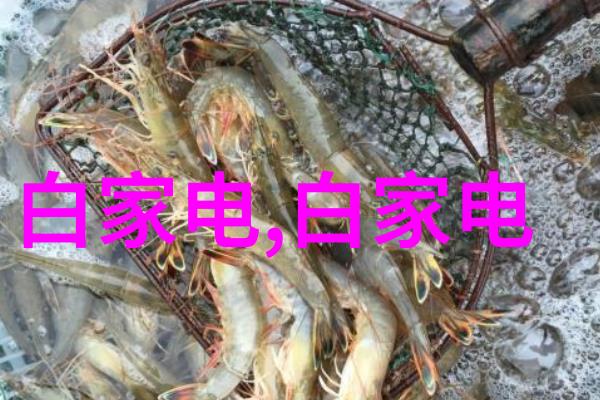Plastic pipe selection What are the pros and cons
When it comes to choosing the right material for residential water supply systems, homeowners often find themselves faced with a myriad of options. Two popular choices in this regard are Polypropylene Random Copolymer (PPR) and Polyethylene (PE). Both materials have their unique set of advantages and disadvantages that make them suitable or unsuitable for various applications. In this article, we will delve into the world of plastic pipes to explore whether PPR is better than PE or vice versa.

Firstly, let us start by discussing what makes PPR an attractive option for self-supply systems. One major advantage is its excellent resistance to corrosion. Unlike other materials like copper or PVC which can be prone to rusting or degradation over time, PPR exhibits remarkable durability even when exposed to harsh environmental conditions such as high temperatures and humidity levels.
Another benefit associated with using PPR pipes lies in their ease of installation process. Being lightweight yet robust enough not to compromise on strength during transportation from one location to another; these properties make them ideal candidates for DIY enthusiasts who wish install plumbing solutions without needing professional assistance.

Moreover, due diligence on behalf of manufacturers has led towards designing innovative products that offer superior insulation capabilities compared traditional methods utilizing metal tubing resulting lower energy bills & increased efficiency across households worldwide!
However despite all these advantages there remain concerns about long-term performance reliability – particularly if subjected extreme temperatures - because unlike HDPE where chemical reactions create molecular chains creating stronger bonds between polymer molecules thus increasing resistance against impacts & abrasions etc., while HDPE's flexibility allows easier handling making work simpler; yet it doesn't match up against PP-Rs' exceptional thermal insulation properties leading some experts questioning overall lifespan predictability under certain circumstances especially after prolonged exposure at higher temps (>60°C).

On the flip side though we must acknowledge significant benefits offered by polyethylene-based piping systems specifically those made from High-Density Polyethylene (HDPE) as they possess impressive resistance against chemicals found within sewage wastewater flowing through our homes which poses no threat either damaging infrastructure nor causing issues related leakage once properly installed correctly fitted together sealing joints tightly secured preventing any potential hazards posed by leaks happening accidentally triggered due improper connections amongst others reasons why people prefer PE over other types materials used today like PVC since HDPE also exhibits better mechanical strength allowing greater tolerance before breaking down under pressure stress forces exerted upon system components following repeated usage cycles throughout years ahead ensuring long-lasting performance well beyond expectations expected given normal household use cases alone!



